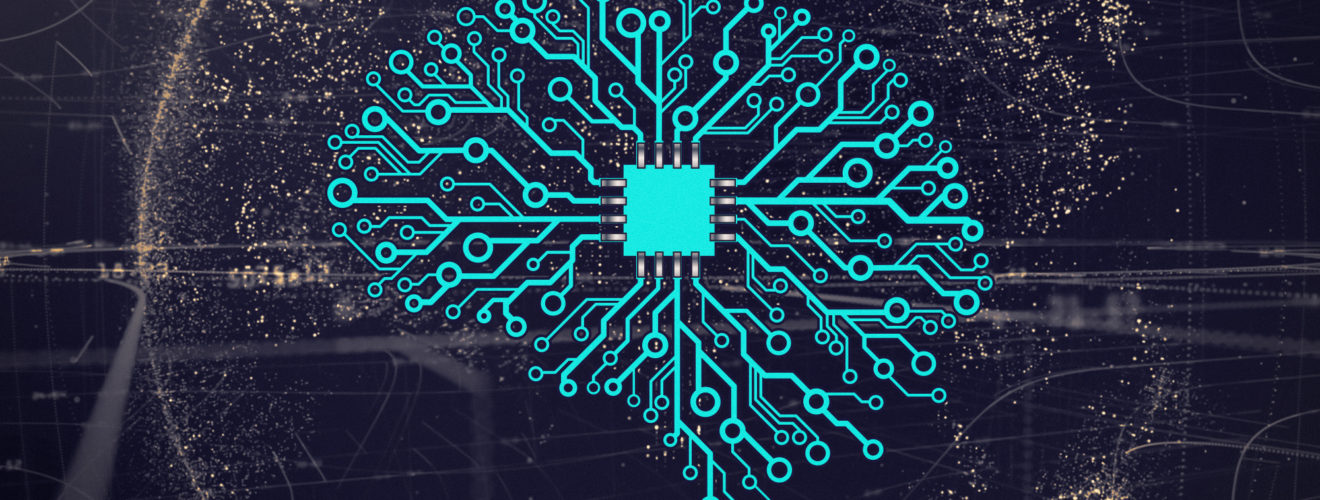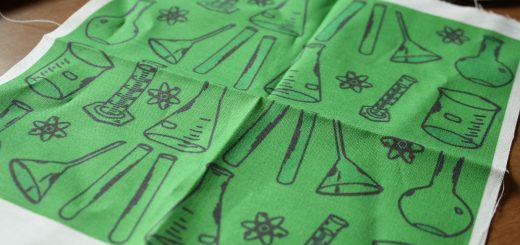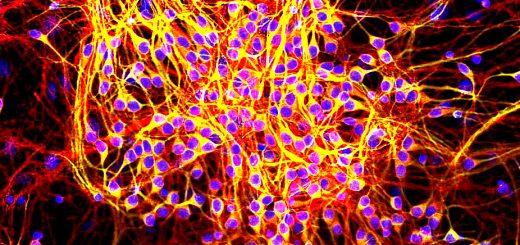The creation of Synthetic Biological Intelligence

Humans have been manufacturing and altering parts of living organisms for decades. There have been many applications from the production of insulin using bacteria to the creation of optimised crops. Now, scientists are investigating ‘DishBrain,’ a model brain grown in a lab which is capable of exhibiting basic signs of sentience and intelligence.
DishBrain was invented by scientists in 2021 at Cortical Labs in Australia[1]. It comprises human neurons (from the synthetic alteration of embryonic stem cells) grown in-vitro on thousands of electrodes. Scientists stimulated DishBrain to immerse it in a simulation that allows the neurons to play the simple arcade game Pong, in which the player moves a vertical paddle to stop a bouncing ball touching the edge of the screen.
The simulation was created by arranging and stimulating specific electrodes to represent the layout of the arcade game Pong. Two motor regions were defined in which the neurons could self-organise to encode specific activity in the game. Neuronal activity in one area represented moving the paddle down, and activity in the other represented moving it up. The DishBrain neurons demonstrated the ability not only to play the game, but also rearrange themselves to improve their performance after just 5 minutes.
To train the neurons to play, scientists took advantage of the Free Energy Principle: that is that neurons generally repeat activity that results in predictable responses[2]. In this study, when the neurons produced a signal corresponding to hitting the ball, DishBrain received a stimulation at a fixed location and frequency. This predictable response encourages the neurons to repeat this action. Alternatively, missing the ball resulted in a stimulation at random locations at different frequencies, which weakens the neural connections and encourages reorganisation of the DishBrain neurons to enable the generation of different signals next time.
Although this may seem like a minor feat, more developed DishBrain models could have a wide range of applications[3]. For example, it could be used in drug development to study the effect of certain drugs on the brain, without the ethical issues surrounding the use of animals, and with more accuracy than computer models. Another use may be in personalised medicine to investigate the best combination of drugs with which to treat an individual suffering from a neurological disorder. A DishBrain produced using cells from the patient would create a model that reacts the same way to treatments as the patient’s own neurons, meaning DishBrain can undergo the trial and error of different drug treatments instead of the patient. It is clear that DishBrain could revolutionise our understanding of the brain and intelligence on a cellular level.
[1] https://www.sciencedirect.com/science/article/pii/S0896627322008066?via%3Dihub
[2] https://www.nature.com/articles/nrn2787
[3] https://www.genengnews.com/neuroscience/human-brain-cells-in-a-dish-learn-to-play-pong/
Edited by Hazel Imrie
Copy-edited by Rachel Shannon







